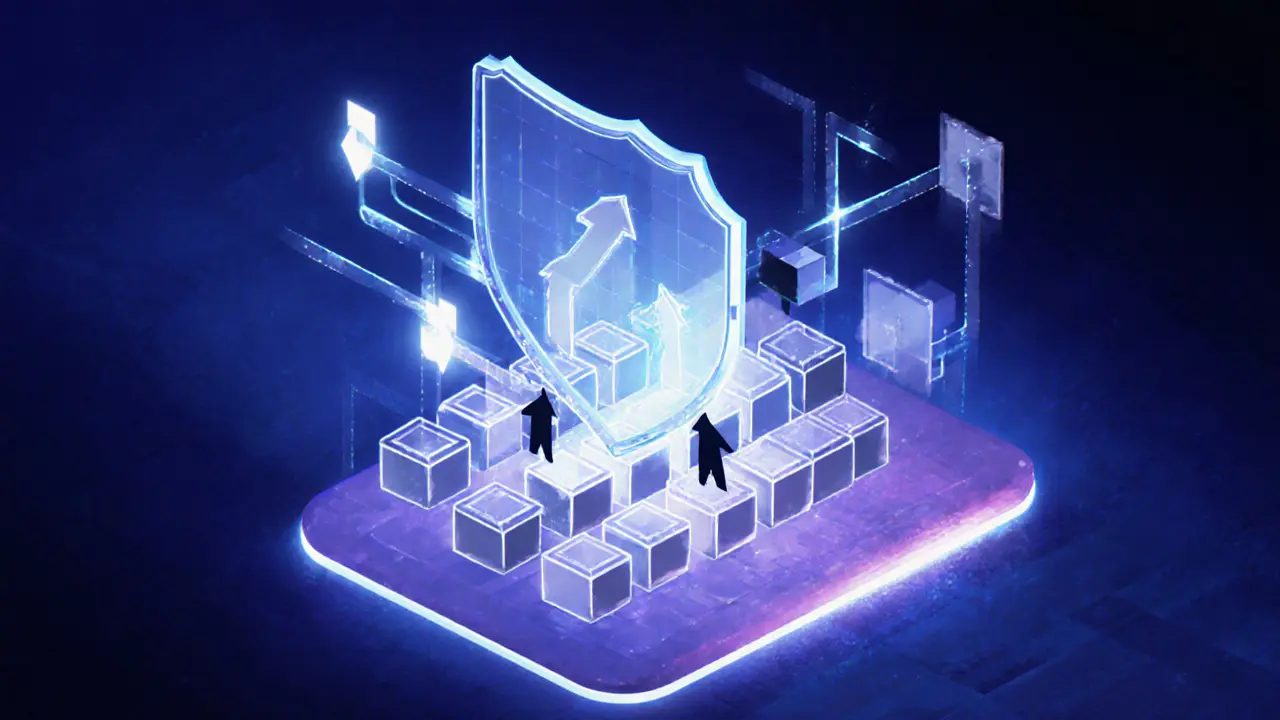Quantum-Resistant Cryptography
When dealing with quantum-resistant cryptography, cryptographic techniques built to stay safe even if large‑scale quantum computers break today’s RSA or ECC. Also known as post‑quantum cryptography, it forms the backbone of tomorrow’s secure communications. Quantum-resistant cryptography isn’t a buzzword; it’s a practical response to a real threat that most security professionals are already planning for. It encompasses a suite of algorithms that replace vulnerable primitives, and it demands new key sizes, validation methods, and compliance checks.
Key Building Blocks and Standards
The first building block is post‑quantum algorithms, cryptographic schemes such as lattice‑based, hash‑based, code‑based, and multivariate‑polynomial solutions. These algorithms rely on mathematical problems that remain hard for both classical and quantum computers. Among them, lattice-based cryptography, uses the hardness of finding short vectors in high‑dimensional lattices has become the favorite for many standards bodies because of its efficiency and strong security proofs. The NIST PQC standardization, a multi‑year process that evaluates and selects quantum‑safe algorithms for global adoption now shapes the roadmap for governments, enterprises, and developers. The NIST effort influences everything from VPNs to digital signatures, and it directly impacts blockchain security, the protection of distributed ledgers against quantum attacks on key exchange and transaction signing. In short, the standards dictate which algorithms get integrated into wallets, smart contracts, and consensus layers.
Why does this matter for crypto traders and developers? Quantum computers threaten the core of blockchain’s trust model: if an attacker can solve the discrete logarithm problem, they could forge signatures and steal assets. That risk pushes the industry to adopt quantum‑resistant signatures and key‑exchange mechanisms today, not tomorrow. Projects that already explore lattice‑based signatures or integrate NIST‑selected algorithms gain a security head‑start, while legacy chains risk obsolescence. The relationship is clear: quantum-resistant cryptography enables blockchain platforms to remain viable in a post‑quantum world, and the ongoing standards work fuels continuous innovation across the ecosystem. Below you’ll find articles that break down airdrop safety, DeFi mechanics, tokenization, regulatory shifts, and more—all through the lens of securing digital finance against the coming quantum wave.

Explore 2025 trends shaping blockchain privacy tech, from zero‑knowledge proofs and quantum‑resistant encryption to AI security and regulatory impacts. Get practical steps and future outlook.
- Read More
